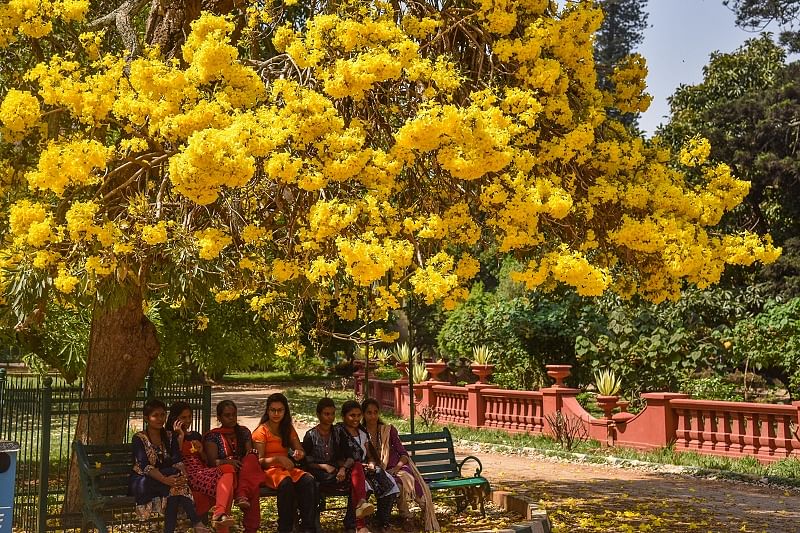
The city’s iconic Lalbagh was once five separate gardens, later unified to be nurtured as a serene collective of botanical species.
This unknown, almost lost history was pieced together from old maps, topographical drawings and paintings by heritage scholar Meera Iyer and team.
Meera’s recollection at the Bangalore Litfest on Sunday of the city’s heritage was part of a conversation centred around her recent book ‘Discovering Bengaluru’.
But it was also about how such histories, often buried in government archives, were shut off from public view.
Moderator ecologist Harini Nagendra articulated that frustration by drawing attention to parks that were closed from 10 am to 4 pm. “You are made to feel like public enemy number one, a security threat,” chipped in Meera.
This inaccessibility to the city’s living heritage has contributed greatly to the lack of a heritage consciousness among the public. An impression has been cultivated that only Mysuru has heritage and not Bengaluru.
Meera felt this can change only if there is a mindset change in the government. “Old buildings, for instance, are memories. You feel disoriented when they are gone.”
For Harini, heritage was not just about buildings and parks, but a lived experience. Lately, she observed, there have been groups looking at old stone inscriptions in neighbourhoods, not moving them to museums, but showing them as living proof of local histories.
There is a clear need to recreate an obsession with the city’s past.
This, Harini said, can happen only if people walked around the city, rediscovered forgotten nuggets.
That discovery, she said, would also unravel the contributions of Hyder Ali and Tipu Sultan to building and nurturing Lalbagh.